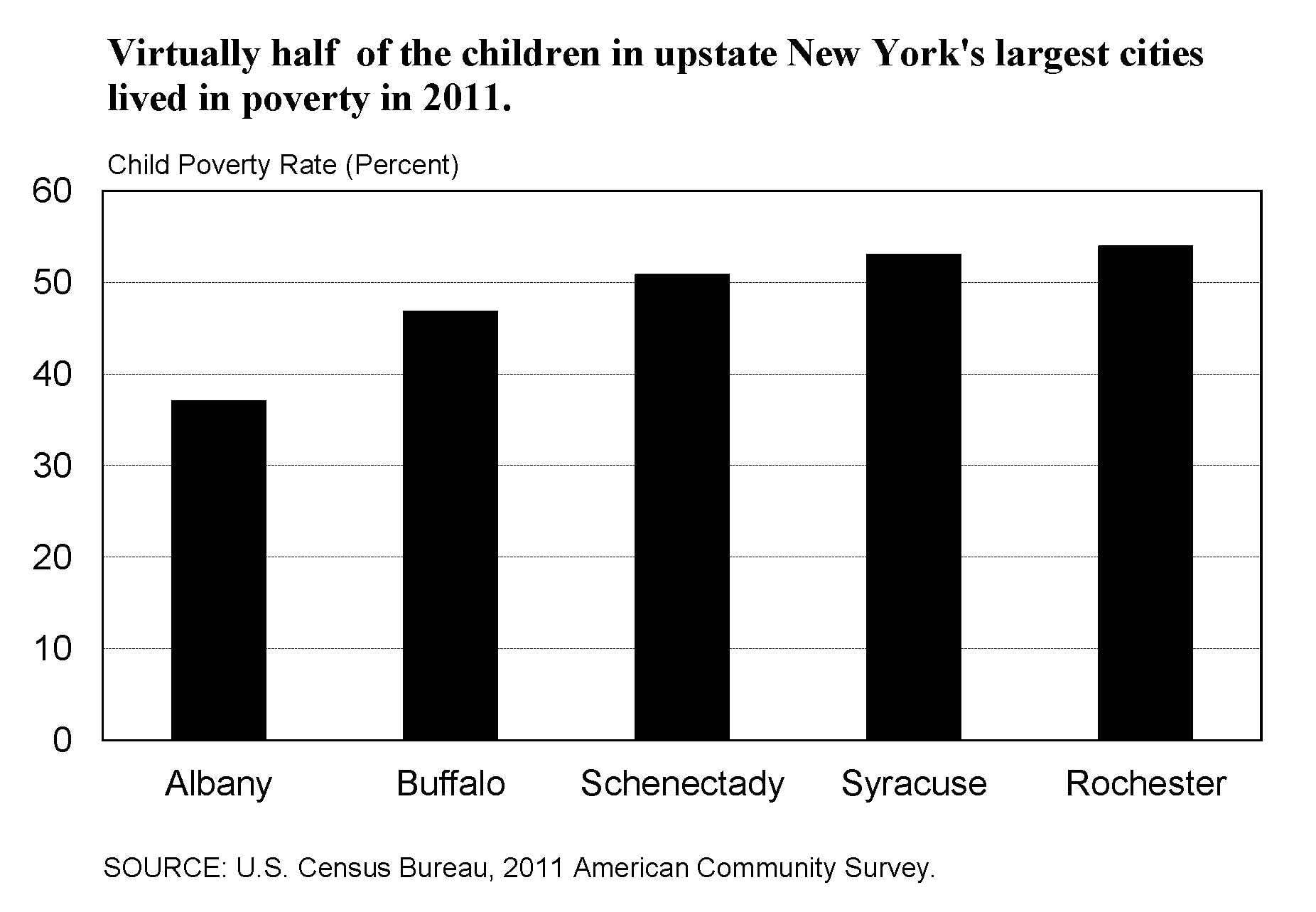Data for Pre-Citizen Voting Debate in City Council
May 9, 2013. Should legal immigrants who are not yet citizens be permitted to vote in New York City elections? The NYC City Council will debate this question beginning on Thursday, May 9, in connection with Intro 410, which would allow pre-citizens to vote in New York City municipal elections. It wouldn’t be the first time noncitizens could vote in New York elections. School board elections, before they were abolished, were open to all parents of children in New York City schools, regardless of citizenship [...]



